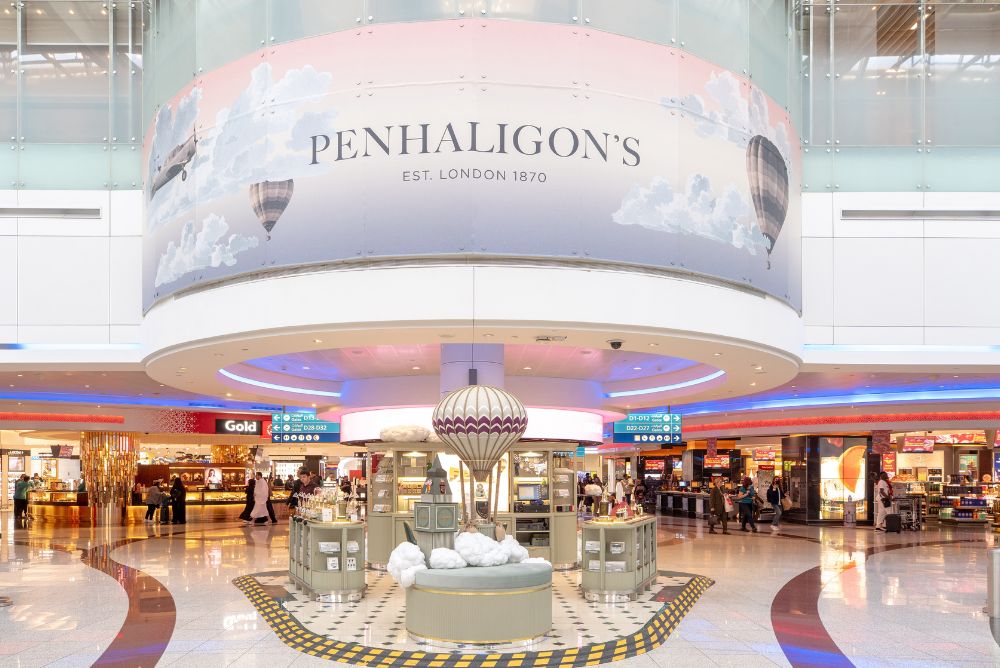Chinese mobile payments ‘narrowing cash & card gap’
By Luke Barras-hill |

Chinese outbound travel-related expenditure averaged US$6,026 per person in 2018.
The proportion of Chinese travellers using mobile payments abroad climbed four percentage points in 2018 year-on-year to 69%, a joint survey from Nielsen and Alipay has revealed.
A *whitepaper surveying more than 2,800 Chinese travellers and over 1,200 overseas merchants shows that when it came to actual transactions, a greater majority of Chinese tourists opted to use smartphone payments (32%) during their most recent trips, surpassing cash payments (30%) for the first time, although bank cards and cash remain the most frequently used purchasing methods overall.
More than 60% of Chinese tourists made mobile payments across the world in 2018 at locations ranging from Singapore, Malaysia and Thailand to Europe, the US and Australia.
The spike in mobile payments comes amid growing consumer travel spending, with Chinese tourists shelling out an average $6,026 per person on outbound tourism-related expenditure in 2018.
TIER TWO ACCELERATES GROWTH
This year, the average Chinese tourist budget is tipped to rise by 15% to $6,706 per person.
The findings will make for encouraging reading in DF&TR circles; Lagardère Travel Retail, Gebr. Heinemann and China Duty Free Group are just a few to have successfully trailed and rolled out mobile payment services at their respective points of sale.
Quoting statistics from the China Tourism Academy, approximately 140m Chinese tourists made outbound trips in 2018 – an increase of 13.5 percentage points year-on-year.

The Nielsen/Alipay research says departing trips rose steadily during the year to average 2.8 countries or regions visited per person – an increase on the 2.1 recorded in 2017.
Scenic and tourist attractions (52%) was the main destination influencer, followed by safety (44%).
Easier access to visas and passports have also played a fundamental role in bumping travel volumes, suggests Nielsen/Alipay, with 73 countries possessing eased entry requirements such as mutual visa exemptions and on-arrival access for Chinese passport holders, correct as of October 2018.

Interestingly, Chinese tourists in second tier cities continue to drive growth in outbound tourism in terms of spending and the number of destinations visited.
When it came to long-haul travel, 38% of respondents in Tier 2 cities visited Europe last year – higher than the proportion in Tier 1 cities.
Meanwhile, 22% travelled to North America, almost equalling the number of travellers from Tier 1 cities.
SHOPPING TOPS CONSUMPTION PRIORITIES
Overall, the top consumption habits during travel remain shopping (25%), accommodation (18%) and dining (16%).
Duty free, large supermarkets and department stores remain the three most popular locations.
While abroad, the average number of mobile-paid product categories per person lifted to 3% in 2018 versus 2.4% in 2017, with skincare and beauty products ranked as the most popular items.
The top reason for choosing mobile payments is they are deemed ‘easy to use, in line with domestic payments’ (63%).
Conversely, the top reason for not using mobile payments is travellers ‘are used to paying with credit cards or local currency’ (53%).

Approximately 60% of overseas merchants in high-density Chinese tourist areas have already adopted mobile payments, 70% of which have introduced Chinese mobile payment mechanisms.
Local merchants are also benefitting from the increased mobile payment activity, with 71% of Alipay-adopting vendors likely to recommend the Alipay platform, while 51% non-Alipay-adopting merchants considering the platform, the report continues.
Of the merchants questioned in this report in Singapore, Malaysia and Thailand, 60% of those who already use Chinese mobile payment solutions are likely to recommend the service to their business peers.
Among merchants in Singapore, Malaysia and Thailand who have not adopted Chinese mobile payments, 55% said they would do so in the future.
Interestingly, merchants who had accepted mobile payments but were yet to adopt Chinese mobile payments were more confident about the latter.

“2018 saw a steadily increasing proportion of outbound Chinese tourists using mobile payment, as well as a surge in the adoption rate of Chinese mobile payment by local merchants,” the report noted.
“The user base is no longer heavily dominated by millennial Chinese tourists, instead becoming a more diverse one that includes tourists in all age groups. Local merchants adopters of mobile payment, which used to be limited to those in shopping and dining locations, have also become a more diverse group.
“In outbound tourism markets, Chinese mobile payment brands have been delivering convenient services and spreading sophisticated marketing practices. They are also exploring opportunities to collaborate with local merchants in a whole new range of locations.
“In conclusion, it is essential that Chinese mobile payment providers keep up with and analyse the changing demand for payment from outbound Chinese tourists. They should also focus on merchants in different parts of the world and examine what they expect out of a payment solution.”
*2018 trends of Chinese mobile payment in outbound tourism.
Quantitative data categorised in two groups. Group 1: Chinese tourists travelling overseas in 2018 and plan to do so again this year (2,806 residents between ages 20-50 living in first, second and third tier cities); and Group 2: Comprising 1,244 merchants at popular Chinese tourist attractions in Singapore, Malaysia and Thailand plus nine merchants in these three countries.
To read the full report, click here.
All images courtesy of Nielsen.
Alcohol insights: Conversion up, spend down in Q4
Conversion of visitors in the alcohol category in duty free has risen to 54% in Q4 2023,...
Heinemann Asia Pacific makes breakthrough in New Zealand at AKL
Heinemann Asia Pacific is set to enter the New Zealand market with three new retail concepts at...
Men buy and spend more in travel retail says new research by m1nd-set
Men have a higher conversion rate and spend more when shopping in travel retail, says new...
-
 International,
International,Alcohol insights: Conversion up, spend down in Q4
-

-


In the Magazine
TRBusiness Magazine is free to access. Read the latest issue now.

 Trbusiness. The travel retail Trbusiness. The magazine for global retail and duty free professionals.
Trbusiness. The travel retail Trbusiness. The magazine for global retail and duty free professionals.





















